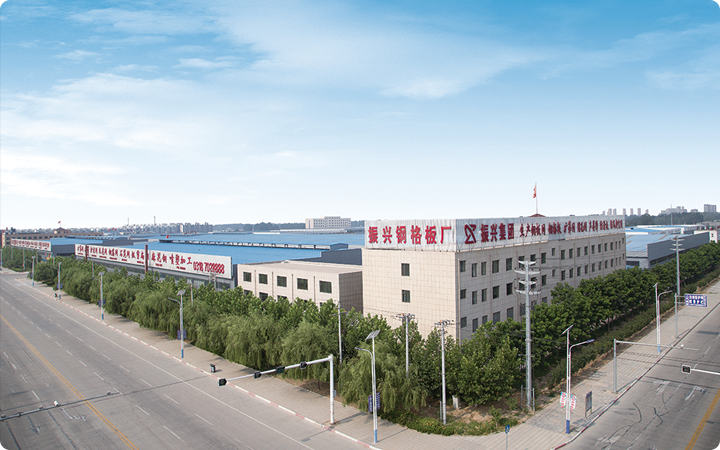Airports are vital transportation hubs that connect people from all corners of the world. To ensure the safety and security of passengers, crew members, and airport staff, it is crucial to have a reliable airport fence in place.
The airport fence serves as the first line of defense, protecting the airport premises from unauthorized access and intrusions. It acts as a physical barrier that deters trespassers, criminals, and potential threats from entering restricted areas. By establishing clear boundaries and demarcating secure zones, the airport fence helps maintain order and control within the airport perimeter.
In addition to security concerns, the airport fence also plays a crucial role in safeguarding aircraft, equipment, and valuable assets. It prevents unauthorized individuals from gaining access to aircraft parking areas, maintenance facilities, and other sensitive areas where valuable aviation assets are stored. Without a sturdy airport fence, these assets would be vulnerable to theft, vandalism, or sabotage.
Moreover, the airport fence helps regulate the flow of pedestrian and vehicular traffic within the airport premises
. By restricting access to designated entry and exit points, the airport fence helps maintain order and efficiency in the movement of passengers, vehicles, and cargo. It also helps prevent unauthorized vehicles from entering restricted areas, reducing the risk of accidents, collisions, and disruptions to airport operations.airport fence

To enhance the effectiveness of the airport fence, advanced security features and technologies can be integrated into the perimeter protection system. Electric fences, motion sensors, surveillance cameras, and access control systems can be installed to provide additional layers of security and detection capabilities. These security measures help airport authorities detect and respond to security breaches in real-time, ensuring a swift and effective response to potential threats.
In some cases, airport fences are also equipped with intrusion detection systems that can automatically alert security personnel of any unauthorized attempts to breach the perimeter. These systems employ sensors, alarms, and monitoring software to detect and track intruders, providing valuable information for security teams to assess the situation and respond accordingly.
Overall, the airport fence is a critical component of the airport security infrastructure, providing a physical barrier that protects passengers, staff, assets, and facilities from security risks and threats. By investing in a robust and reliable airport fence system, airports can enhance their security posture, improve operational efficiency, and provide a safe and secure environment for all airport users.
In conclusion, the airport fence is not just a simple barrier; it is a vital security asset that helps safeguard the airport and its occupants from potential risks and threats. By implementing robust perimeter protection measures and security technologies, airports can ensure a safe and secure environment for all stakeholders and maintain the integrity of their operations.
-
The Strength and Versatility of Aluminum Expanded Metal Mesh
NewsJun.10,2025
-
Safety Guards and Machine Enclosures Using Expanded Mesh
NewsJun.10,2025
-
Performance with Round Hole Perforated Mesh in Wall Panels
NewsJun.10,2025
-
How Steel Grating Trench Covers Distribute Weight Efficiently
NewsJun.10,2025
-
How Deck Mesh Railing Enhances Backyard Aesthetics
NewsJun.10,2025
-
Comparing Bar Thickness and Spacing in Steel Grating
NewsJun.10,2025
Subscribe now!
Stay up to date with the latest on Fry Steeland industry news.

